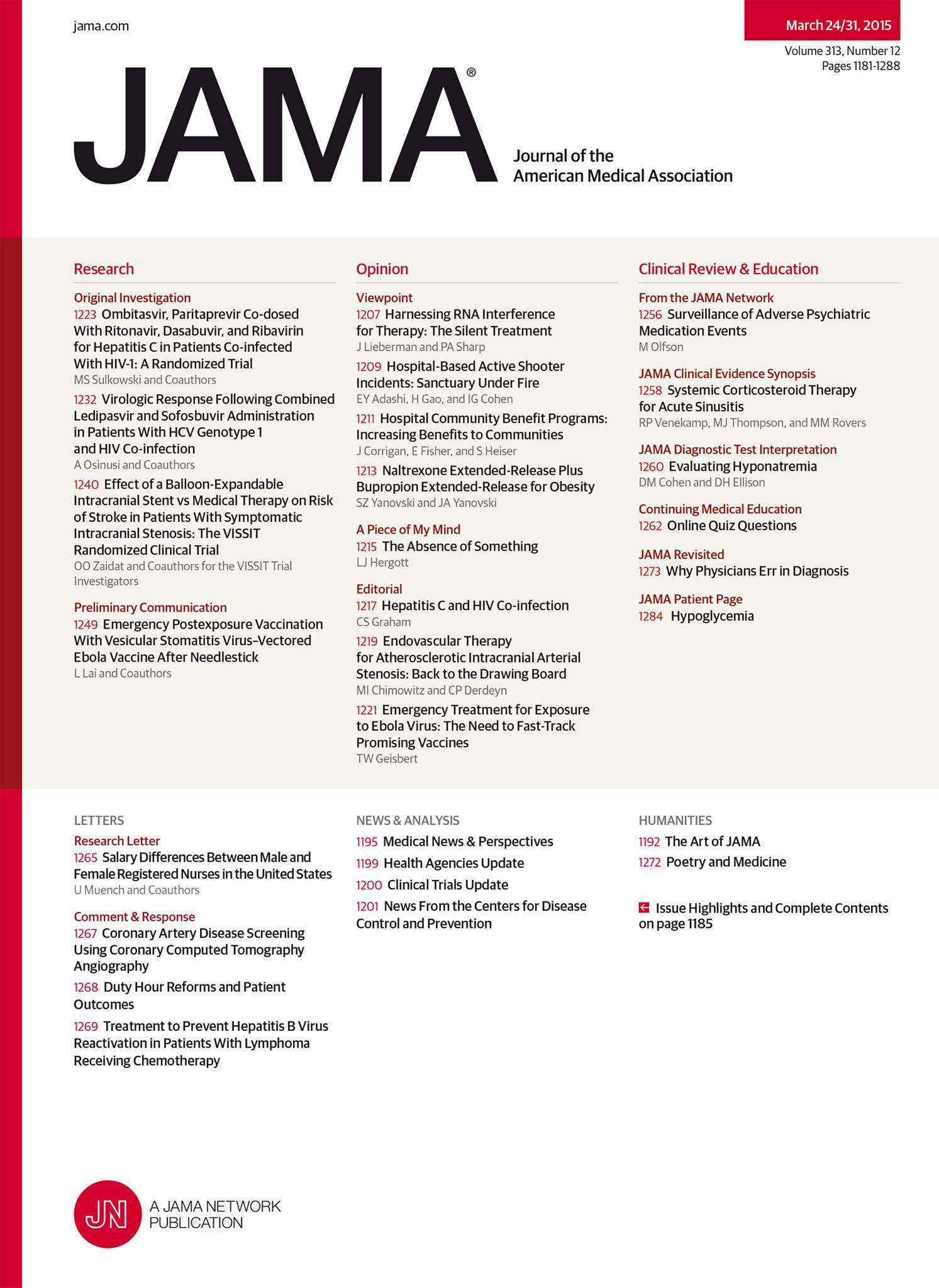
No difference in deep infection rate with iNPWT and standard wound dressing in low fracture surgery

No difference in deep infection rate with iNPWT and standard wound dressing in low fracture surgery
Effect of Incisional Negative Pressure Wound Therapy vs Standard Wound Dressing on Deep Surgical Site Infection After Surgery for Lower Limb Fractures Associated With Major Trauma: The WHIST Randomized Clinical Trial.
JAMA. 2020 Feb 11;323(6):519-526.Did you know you're eligible to earn 0.5 CME credits for reading this report? Click Here
Synopsis
One thousand five hundred and forty-eight patients presenting with a lower extremity fracture caused by major trauma received surgical intervention followed by surgical wound dressing with an incisional negative pressure wound therapy (iNPWT) device or with standard sterile dressing. The primary outcome of interest was the incidence of deep surgical site infection within the first 30 days post-ope...
To view the full content, login to your account,
or start your 30-day FREE Trial today.
FREE TRIAL
LOGIN
Forgot Password?
Explore some of our unlocked ACE Reports below!

Learn about our AI Driven
High Impact Search Feature
Our AI driven High Impact metric calculates the impact an article will have by considering both the publishing journal and the content of the article itself. Built using the latest advances in natural language processing, OE High Impact predicts an article’s future number of citations better than impact factor alone.
Continue



 LOGIN
LOGIN

Join the Conversation
Please Login or Join to leave comments.